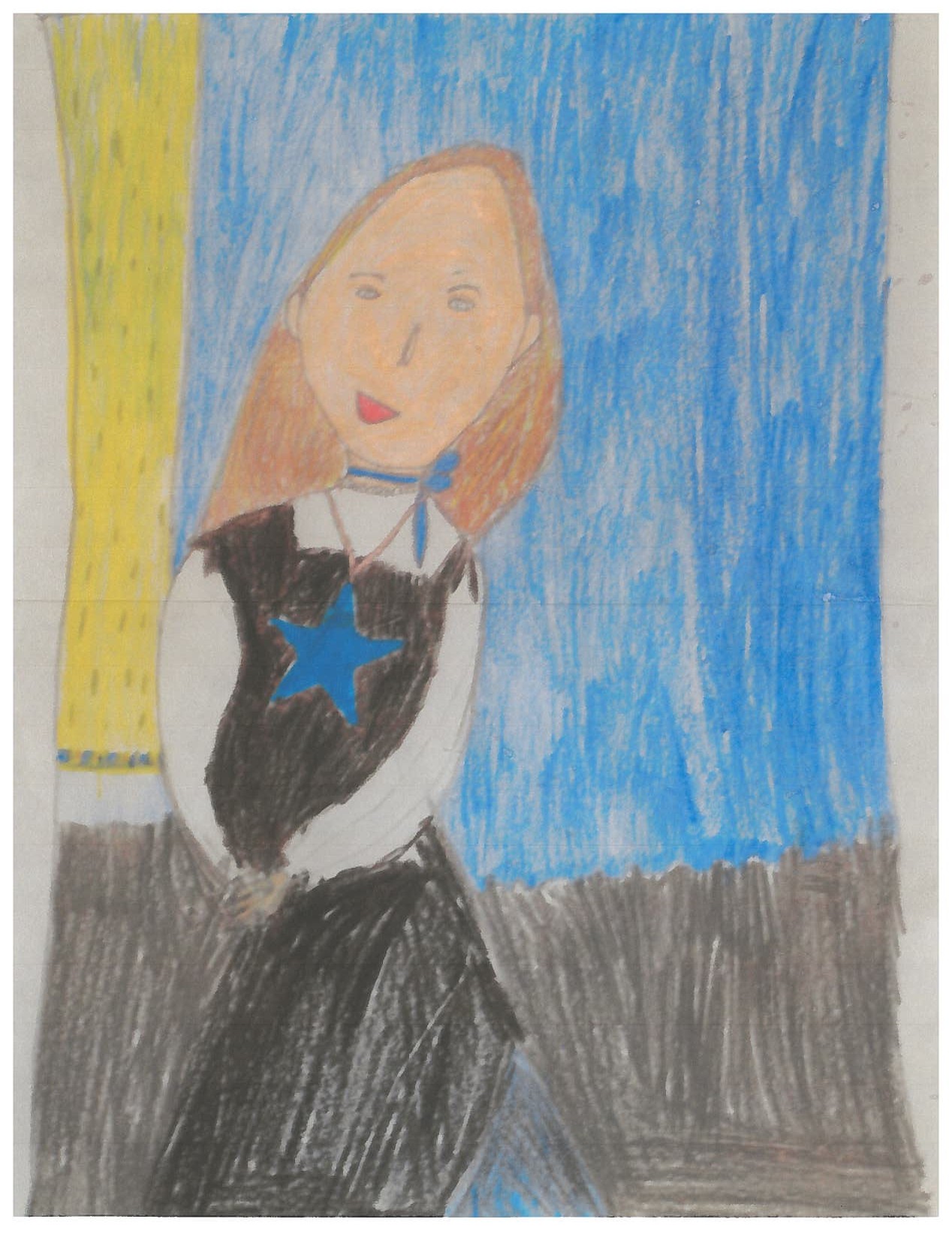
Richard Diebenkorn, Girl with Plant, 1960. Oil on canvas, 80 x 69 1/2 in. The Phillips Collection, Washington, D.C. Acquired 1961 The Phillips Collection, Washington, D.C. © The Estate of Richard Diebenkorn
This post is the fourth and final in a series in honor of Blue Star Museums Initiative. See the previous installments here: part one, two, three.
In 1951, Duncan Phillips received an honorary degree, Doctor of Humane Letters, from Kenyon College. According to Marjorie Phillips’s book, Duncan Phillips and his Collection, the movement to recognize Phillips in this way began with a handful of Kenyon professors who had spent off-duty time at The Phillips Collection during the war and found it a place of respite. Phillips had intentionally increased the number of lectures and concerts, as well as loan exhibitions, during war time with the sole purpose of providing as much as possible to museum-goers, especially servicemen, who he felt were in a time of spiritual need.
One soldier in particular was deeply influenced by his wartime visits. Richard Diebenkorn was stationed at Quantico during World War II, working as part of the photographic unit. On weekends, Diebenkorn and his wife, who moved around the country with him to his various posts, would regularly come into D.C. to visit the museums. In an oral history interview with Susan Larsen, Diebenkorn describes the Phillips as home-like with couches for sitting and rugs on the floor. He recalls feeling that the museum was extending a spirit of hospitality to visiting servicemen. In another interview with Fritz Jellinghouse, Diebenkorn calls the museum, “. . . a refuge, a kind of sanctuary for me, and I just absorbed everything on those walls [ . . . ] I absorbed something else, and that has to do with the incredible generosity that was there to take home with you.”
A favorite of Diebenkorn’s at that time was Matisse’s Studio, Quai Saint-Michel (1916). It is easy to see the influence the painting had on the career of this visiting soldier.



